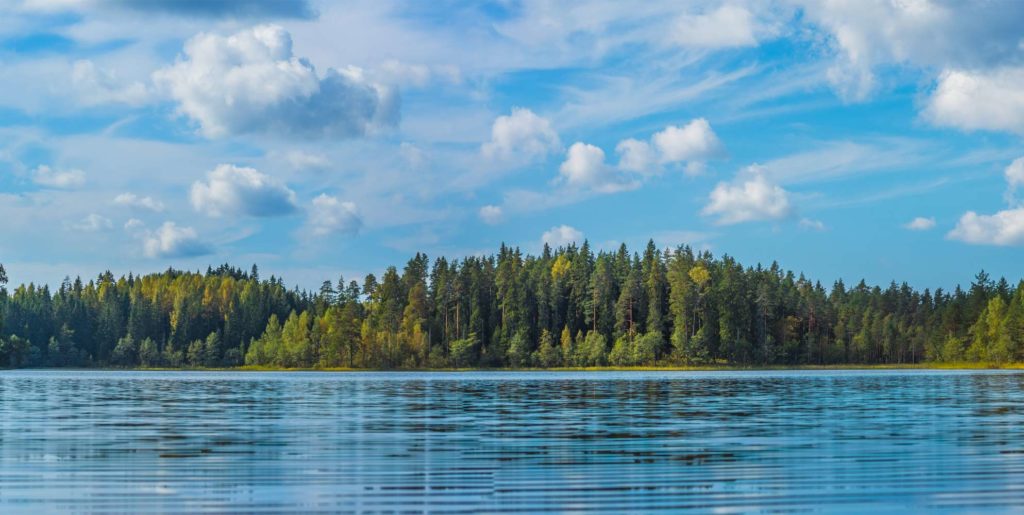
Acknowledgment
We acknowledge that our work in Phase 1 spans many lakes and rivers, of the territories of Aroland, Marten Falls, Eabametoong, Neskantaga, Webequie and Nibinamik First Nations, including the larger Albany and Attawapiskat rivers in James Bay Treaty No. 9.
With respect to monitoring the environmental aspects of the project, a number of parties have been engaged including: environmental monitor from each community (where available), the Four Rivers Environmental Services Group, the Ontario Ministry of Natural Resources and Forestry, the Ontario Parks Supervisor, and the Canadian Department of Fisheries and Oceans.
Assessments that were performed in designing the project have shown that the project will have a low impact on the environment. More importantly, the digital economy generates wealth without polluting the environment. Remote work eliminates commuting and flights. The internet takes up no land in the communities other than the land under the 10 x 12 equipment shelter where electronics are housed. There are no harmful waste products. The only indirect impact on the environment is the use of electricity which requires use of a generator or a connection to the community’s electric system.
Environmental Permitting
The Rapid Lynx Phase 1 project has received environmental permitting under the Ontario Environmental Assessment Act. The Canadian Environmental Assessment Act will also apply for those portions of the projects on reserve land. For Phase 1, the baseline and environmental effects studies that were completed included:
- Natural/Terrestrial environment, including vegetation, soils, wildlife and wildlife habitat/Aquatic environment, including fish and fish habitat;
- Air quality;
- Noise;
- Surface water, including hydrology and water quality;
- Groundwater and geology;
- Human Environment;
- Socio-economic conditions, including Aboriginal interests and human health, land and resource use, visual aesthetics, community, and recreation and tourism;
- Cultural heritage landscapes, cultural heritage resources, including archaeology, and built heritage;
- Built environment (e.g., existing roads, buildings, etc.).

